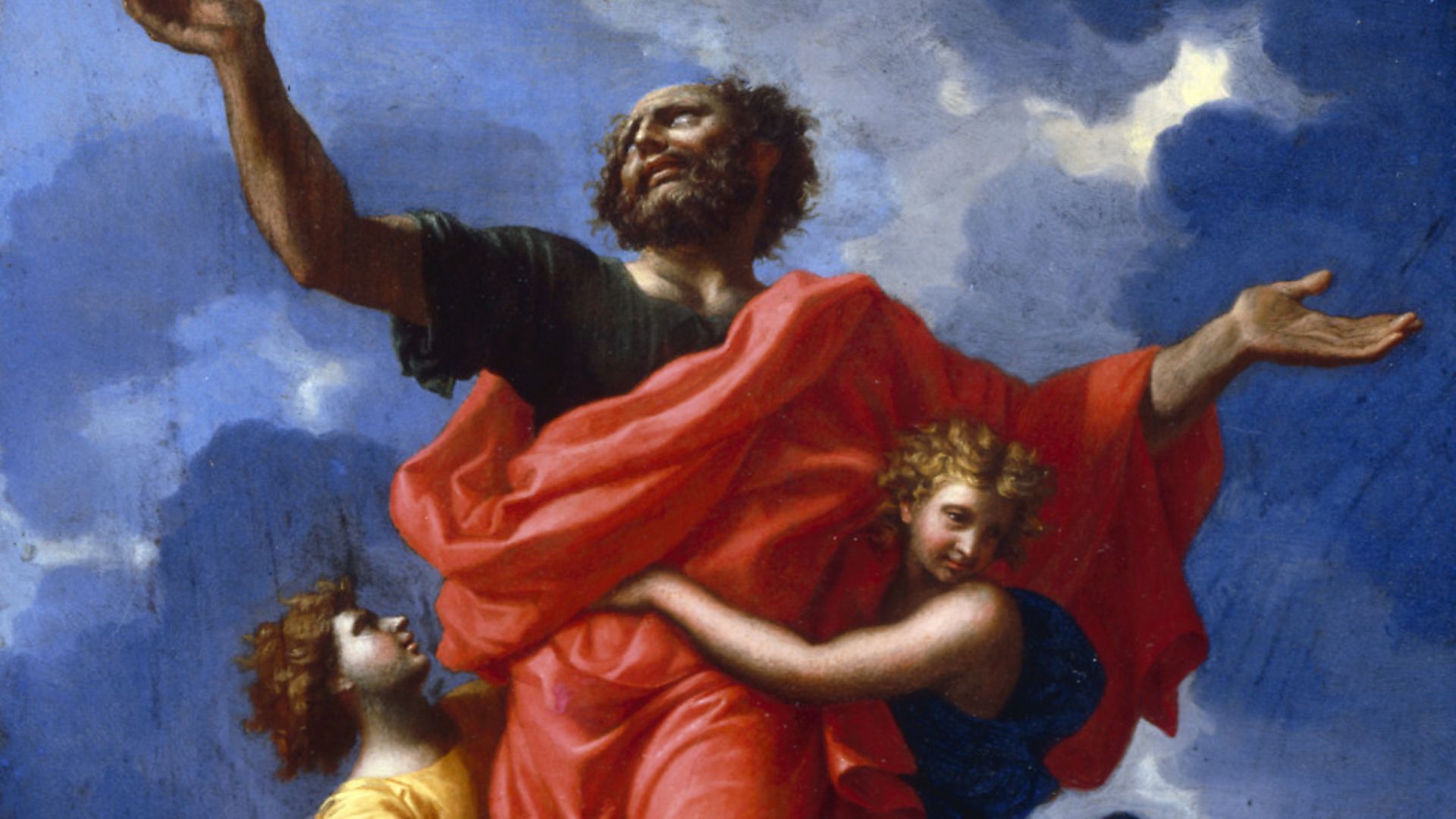
ALASTAIR SMART on the fate of one of the greatest ever collections of art, and a new exhibition which pieces it back together.
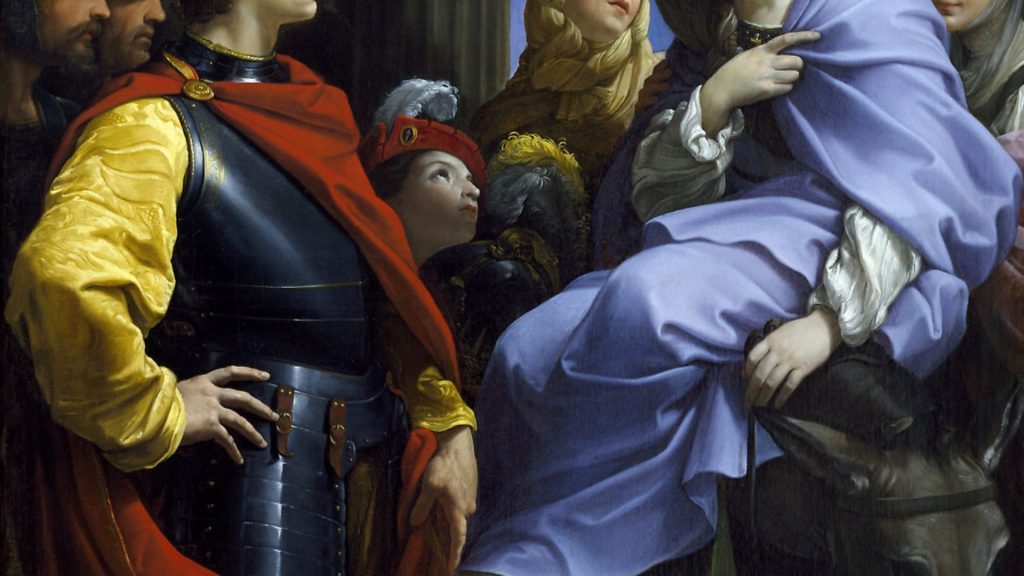
ca. 1615-20
Guido Reni, Italian, 1575-1642
Oil on canvas
Gift of Walter P. Chrysler, Jr.
#71.524 – Credit: Archant
One Christmas in around 1700, King Louis XIV attended midnight Mass in the royal chapel at Versailles with his nephew Philippe, Duke of Orléans. Throughout the service, the latter seemed engrossed by his prayer book, but eventually it transpired – to the monarch’s dismay – that he was, in fact, reading a volume by French satirist, Rabelais. Philippe (1674-1723) was one of the most colourful and controversial figures of his age. He developed a reputation as a hedonist and a rake, not to mention as host of notorious parties at his Parisian home, the Palais Royal, to which prostitutes and compliant Comédie-Française actresses were top of the invites list.
‘He flaunts his vices openly,’ lamented Louis XIV. According to contemporary gossip-mongers, those vices extended to fatally poisoning a number of the king’s direct descendants – including the dauphin, Louis de France – in a bid to inherit the throne himself.
His greatest legacy, however, is as an art collector. Philippe amassed a collection of 537 paintings at the Palais Royal, by artists ranging from Raphael to Rembrandt. His taste was all-encompassing and went beyond specific schools, regions and periods. Standout works included Rubens’s The Judgment of Paris; Correggio’s Danaë; the second of Poussin’s two Seven Sacraments series; and four of Titian’s magnificent set of mythological paintings known as the Poesie.
His fondness for life’s pleasures, then, included not just the simple but the fine. Even one of Philippe’s great opponents, the Duke of Saint-Simon – who claimed ‘he broke so many pledges his word ceased to have meaning’ – admitted Orléans was ‘a true connoisseur of painting’.
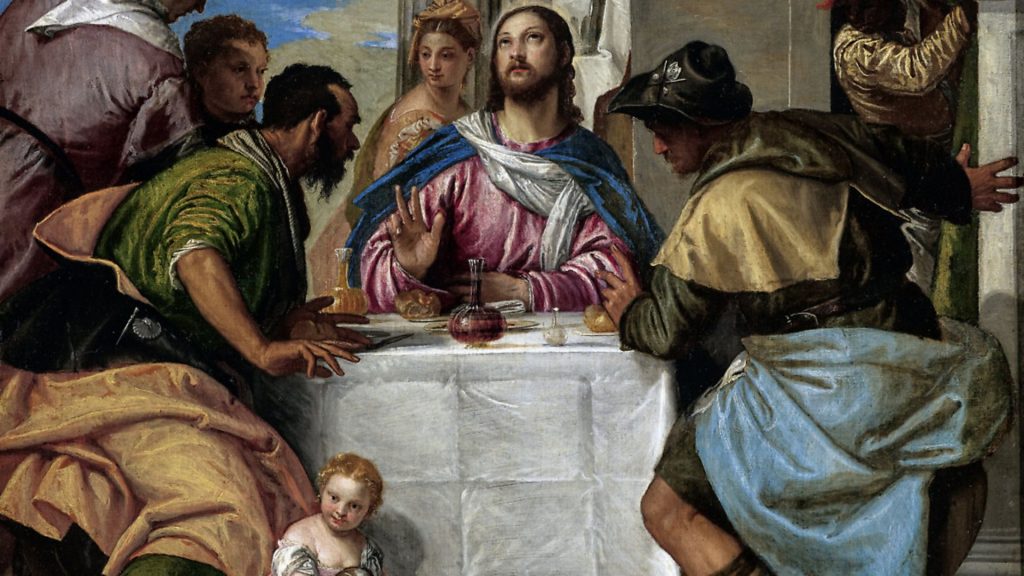
The ever-acquisitive Philippe created one of the finest, private art collections in history. Towards the end of his life, he even opened up the Palais Royal to enable the public to see it. The palace soon started to appear as a must-see destination in Paris guidebooks, and the collection was the subject of three separate tomes in the 18th century (starting with Louis-François Dubois Saint-Gelais’s Description des tableaux du Palais Royal, in 1727).
Philippe had taken possession of the palace on his father’s death in 1701 and swiftly overhauled it. Among the most significant changes was the introduction of an enfilade of four grand paintings galleries, which were lit by large windows that overlooked the Palais gardens.
The leading French art critic of his day, Étienne La Font de Saint-Yenne, was a fan, praising the accessibility in stark contrast to the royal art collection in Versailles, which was ‘hidden away in small, dark rooms’ behind closed doors, ‘unknown to outsiders’.
Sadly for 21st century art-lovers, the Orléans collection is now scattered across the globe, its pictures to be seen in venues as far apart as the National Gallery in London; Frick Collection in New York; Mauritshuis in the Hague; J. Paul Getty Museum in Los Angeles; and Thyssen-Bornemisza Museum in Madrid.
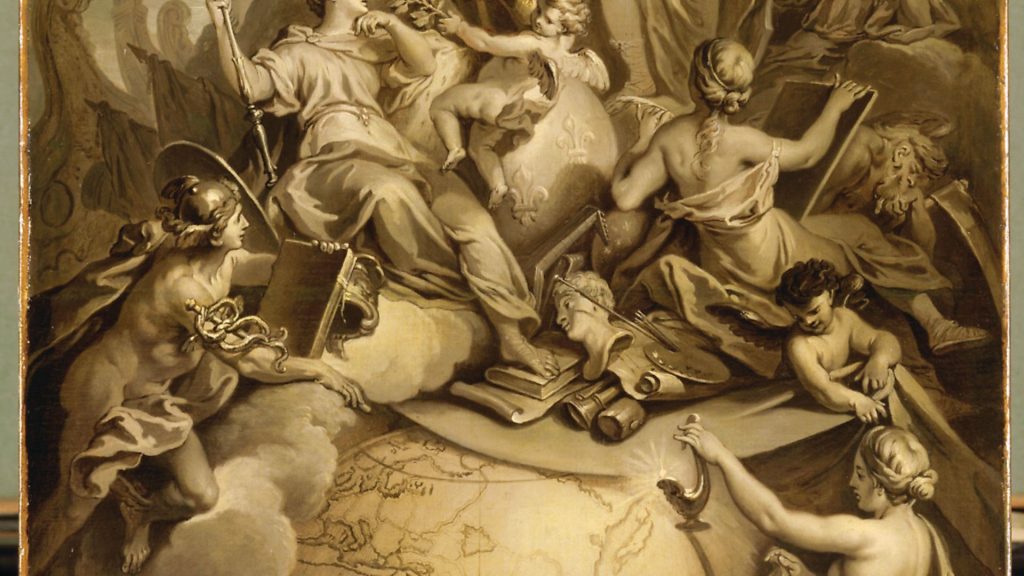
Around 40 paintings, however, have just been reunited for an exhibition called The Orléans Collection at New Orleans Museum of Art (NOMA). Such a show has been mooted by curators of other institutions in the past, but the logistical difficulty of achieving so many loans from so many places had proved insurmountable.
Credit, then, to NOMA curator, Vanessa I. Schmid, and her team for having the sheer pertinacity to make The Orléans Collection happen. The city where the exhibition is being held couldn’t actually be more apt. Nor, indeed, could the timing.
Louis XIV died in 1715 after a 72-year reign, the longest in French history. At which point, Philippe became regent, serving as de facto ruler of France until Louis XV (the previous king’s great-grandson, then just five) was of age to ascend the throne. He would fill the role for eight years, during which time the city of New Orleans was established – in his name – on the other side of the Atlantic. The precise year of its founding was 1718, and Schmid says the current exhibition seemed ‘the ideal way’ of celebrating the city’s tricentennial.
The duke was highly cultivated. Able to play the flute, guitar and clavichord, by the age of 20 he had even written an opera. It’s said he also showed talent as a painter.
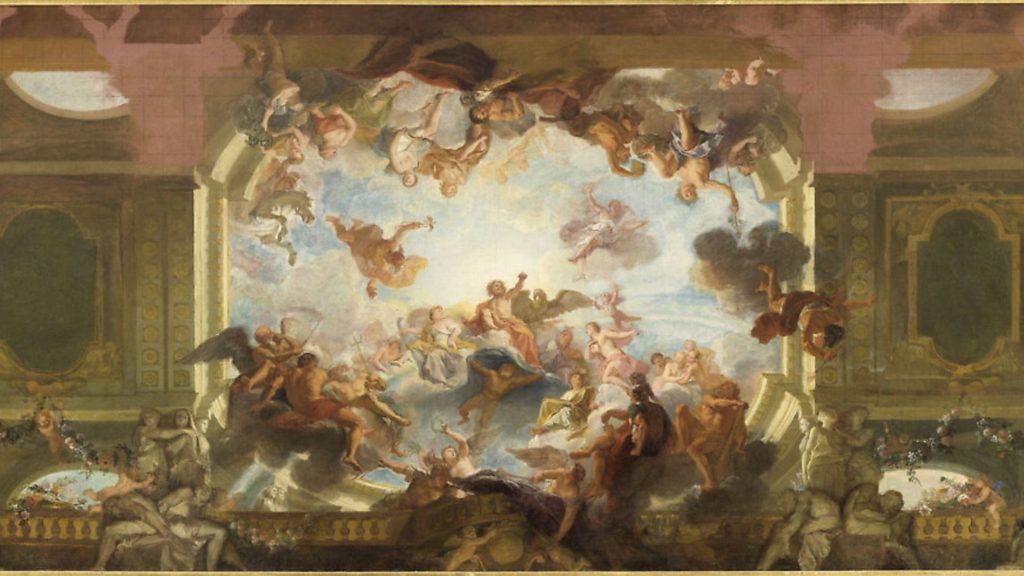
In an entry in the excellent catalogue accompanying NOMA’s show, Schmid points out that Philippe was at the cutting edge of debates in French academic circles of the time, too – especially that between Poussinistes and Rubénistes, the champions of Poussin and Rubens respectively, as to whether line or colour mattered more in a painting. (For the record, Orléans owned 12 works by the Frenchman and 20 by the Fleming.)
The duke died in 1723, aged 49, just months after a now-teenage Louis XV became king. His art collection duly passed down through his heirs until his great-grandson, Louis Philippe Joseph (commonly known as Philippe Égalité), put it up for sale to raise money for his political ambitions. After 1789’s French Revolution, Philippe Égalité joined radical group, the Jacobins, and advocated the execution of his cousin, King Louis XVI – only to end up being sent to the guillotine himself.
He had been a friend of the Prince of Wales (the future George IV) across the Channel, and the original plan was to sell his art collection to the prince. That deal fell apart, but the paintings would still all come to London, though: a reflection of the city’s status at that time as the centre of the European art market. The Orléans collection was offered, piece by piece, in two separate sales: northern European works in 1793; and Italian, French and Spanish works in 1798.
For publicity, the paintings were also put on public view for several months. The Morning Chronicle noted ‘vast crowds flocking daily to town’ to see the northern European offerings – the estimated 3,000-5,000 visitors per day making it what modern observers would call a blockbuster.
As for 1798’s display, writer Mary Berry stated that ‘these pictures are… the only real display of the excellency of the Italian schools of painting that I ever remember in this country’.
In NOMA’s catalogue, Schmid goes so far as to credit the two Orléans sales with creating a cultural climate in which the public grew used to having a venue in London to study the old masters. In 1824, the National Gallery was founded. (Interestingly, the first paintings to come into the National’s collection were 38 owned by the recently deceased banker, John Julius Angerstein, six of which he had bought in the 1798 Orléans sale.)
In the NOMA catalogue’s appendix, the fate of every one of Philippe’s works is detailed. In the centuries since his collection was broken up, some 309 paintings have been lost; 45 are tucked away in private hands; and a number are in public institutions that do not lend (such as the Frick and London’s Wallace Collection).
All of which is to say, the NOMA show represents an impressive gathering of the duke’s works available. Among the masterpieces on view are Rembrandt’s The Mill, Veronese’s Supper at Emmaus and Gerard Dou’s The Violin Player.
Philippe’s political career has been the subject of much debate over the years, but his reputation as an art collector never has been. ‘As much as we can,’ says Schmid, ‘we want to transport visitors back to the stunning Palais Royal of 300 years ago. Nobody has attempted such a thing before’. And it’s likely to be a very long time before anyone attempts it again.
The Orléans Collection, runs at NOMA, New Orleans, to January 27; for more information, visit noma.org









